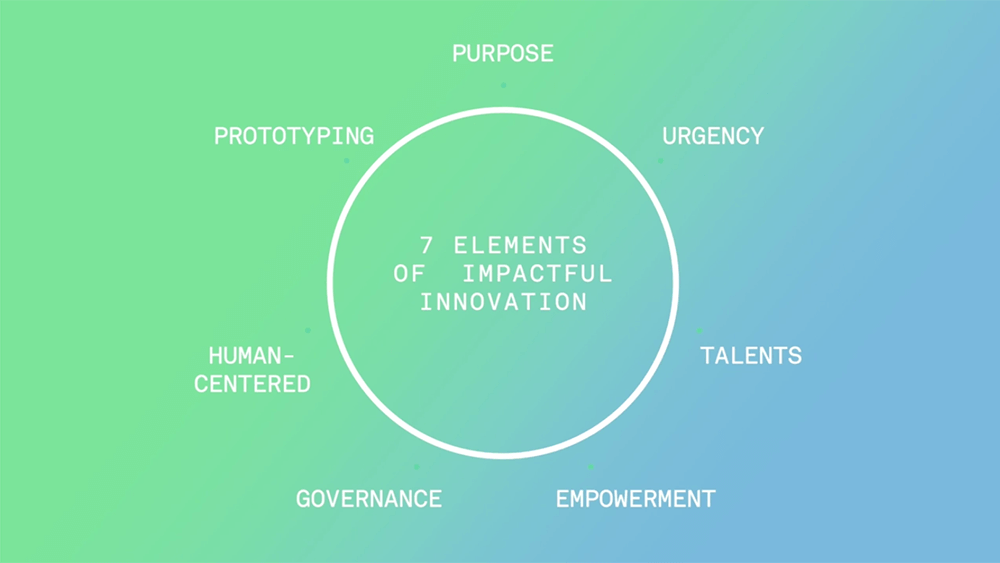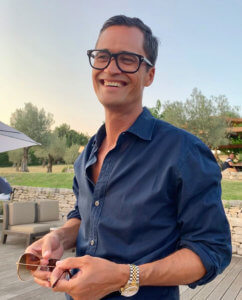
Eric Holdener’s seven elements of impactful innovation can be applied to any organization, no matter its size, hoping to innovate in their industry.
FIND THE SESSION: 7 Change Actions: Prototype New Ideas and Create immediate Impact with Purpose
Eric Holdener spent more than a decade working in strategic planning and other leadership roles at Nestle before launching Kinestry, a management consulting firm that helps companies use artificial intelligence to find new ways of doing business.

Eric Holdener’s framework takes a human-centered approach to creating business solutions.
In 2020, Holdener leaned into his own expertise in his other role as a founder of Farm2People, a nonprofit created in response to the sight of hundreds of thousands of pounds of food rotting in the fields when the pandemic’s demands overwhelmed food distribution systems in the U.S. Working with a remote team that stretched from Los Angeles to Colorado to Colombia, South America, Farm2People created an AI-enabled system that put farmers in Central California in touch with markets they ordinarily couldn’t access, moving more than 50 tons of produce from small farmers to hunger relief organizations in Los Angeles. The nonprofit’s eventual goal is to share its open-source platform with other communities, Holdener said.
But Holdener won’t be talking about food distribution or technology to participants at Convening Leaders during his Wednesday presentation. Instead, he’ll talk about the framework he’s developed for leading innovative teams during his years at multinational corporations and in start-ups — one that can be used by any industry to design and scale innovative solutions to business challenges, he said.
His model puts leaders in the center of a circle, he said, where they must balance a number of elements. Some are familiar, including being clear about purpose. “If you don’t have purpose for the work you’re doing,” Holdener said, “then you’re not going to be able to organize the right people to achieve your goals.” Coaching and leading team members so that they are empowered to make decisions independently also is key, he said. “What’s super interesting,” he added, “is that once you have a very well-defined core purpose and mission, and very specific goals, that provides a compass for decision-making.”
One of the things that sets Holdener’s framework apart is what he calls an “obsession” with taking a human-centered approach to creating business solutions. It means constantly putting the audience and the customer at the center of their system design, not by thinking about what they need, but asking them, Holdener said: “How do we design solutions? Not for the people we serve, but with the people that we serve.”
When you assume you don’t know all the answers “and genuinely open your ears,” he said, “you can learn 10 times more than if you try and figure out problems on your own.
Holdener is scheduled to speak Wedesday, Jan. 13, at 2:30 a.m. SGT (Singapore), 1:30 p.m. EST (New York), and 7:30 p.m. CET (Berlin).
Barbara Palmer is deputy editor of Convene.
